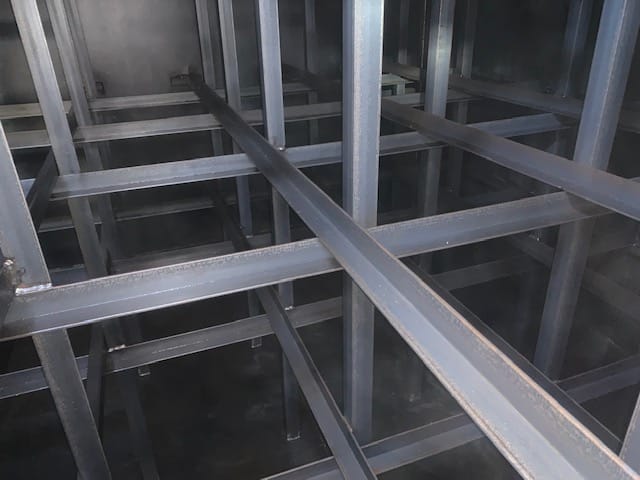What is the purpose of an NDT fuel tank inspection?
It’s important that the structural integrity of a fuel tank is maintained to the highest level in order to function to its maximum capabilties. Therefore, a tank must be inspected to check the progress of any active degradation periodically. When degradation of a specific tank component nears failure, adequate repairs will have to be carried out. Therefore a fuel tank inspection should be a priority if you want to accurately monitor the integrity of your tank. Click here for our Tank Inspection page.
What is an NDT fuel tank inspection and what does it involve?
NDT means Non-Destructive Testing. This allows the customer to see the health of the fuel tank and components with no disruption or damage. There are a number of ways a fuel tank can be inspected the most common of which are listed below:
- Ultrasonic – Ultrasonic testing uses sound waves to detect weaknesses or defects on the surface of the fuel tank. ‘Sound reflections’ are then measured to give an accurate state of the surface. Similar to how Sonar works.
- Visual – Can be done with the naked eye, or even sometimes a robot or drone. Inspectors will use a flashlight to add depth to the object being examined. Making it easier to see imperfections.
- Magnetic – Magnetic, as the name suggests, uses magnets. Inspectors will first magnetise the area that needs to be. When the current encounters a defect or deformity in the material it will be interrupted. In turn, causing it to spread out from that point and create what is called a flux leakage field where the defect is located.
Why choose NDT inspections for your fuel tank?
The Health and Safety Executive (HSE) recommends that NDT testing should be conducted annually.
- Safe – Testing is completely safe for the site and for the inspectors health. Radiographic is the only testing method that would need some protection.
- Legislation – It proves operational standards and compliance, such as API 653 and EEMUA.
- Financial – Due to the tank being unharmed, its far more appealing than using destructive methods. Allowing you to save resources and time.
- Efficient – With so many methods of inspection available, it allows for the thorough and quick evaluation of assets. Keeping downtime to a minimum and ensuring maximum productivity, meaning your site can operate alongside the inspections.
- Accuracy – The information provided through the inspections, enable accurate predictions to the tanks life cycle. Additionally, when the tank or tanks components, will need repairing and replacing.
We can Help…
As a company, J W Hinchliffe (Tanks) Ltd have specialised in fuel and oil tank decommissioning for nearly 50 years. Using our own in-house team, we can offer a bespoke service to meet the needs of any client, from transport operators, to the construction and public sectors. If you would like to know more about the services we offer, please see our services page. If you would like to contact us directly, you can email [email protected] or call directly on 01132635163 where you can speak immediately to an experienced tank decommissioning engineer. All of our work is carried out in line with current best practice and legislation. You can read more industry news through organisations such as the APEA (Association for Petroleum & Explosives Administration) by clicking here. You can follow us across our many social media channels here – Linkedin, Instagram and Facebook

